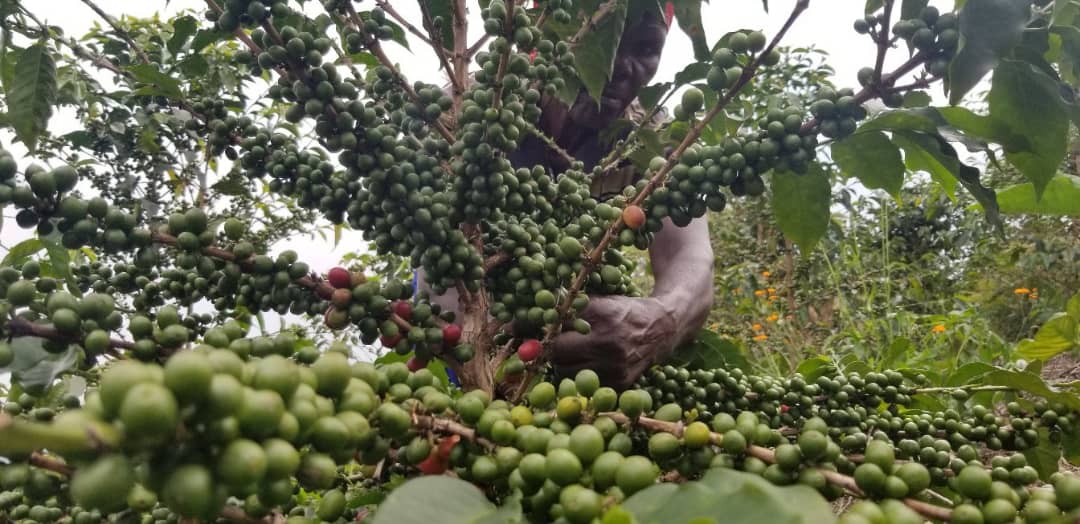
A farmer tending to a coffee plantation. Many on social media called for the reconsideration of Ubudehe categories.
The newly revise Government social protection scheme (Ubudehe) categories have drawn mixed feelings with citizens using social media platforms to say that the new categories are out of touch with reality and have many discrepancies.
The revised Ubudehe version published last month September by the Ministry of Local Government (MINALOC) was a result of several citizen’s complaints in 2019 accusing local authorities of ‘being corrupt’ in classification process.
The government said the new categories will be informed by findings to make them more effective.
Initially in 2001, the government set up this program as a way of providing direct support, financial, education, medication fees among others to the poor of the poor while the middle-income earners and the rich have to be self-reliant.
These categories were in 2014, narrowed down from seven categories to four (classified as 1, 2, 3 and 4) with the last two categories being classified as able.
Though named differently (as A,B, C, D and E) the new 2020 Ubudehe categories retained four categories but with a classification based on a family (especially the husband and wife) income per month.
In the published document, the A and B are classified as A- those earning above Rwf600, 000 per month and B- for those earning between Rwf65, 000- Rwf600, 000.
While categories C and D will be considered as the poor of the poor (needy ones) and category E as the elderly and weak ones.
Prior to this, the initial categories had become a basis for every service delivery; giving cows, public works, awarding government scholarships and other vital services in Rwandan community.
However, in the revised 2020 Ubudehe categories the ministry said that the earlier government scholarship offers will no longer be determined by the categories but one’s merit.
A Rwandan citizen will now be awarded (government) scholarships based on their grades. The ubudehe category and family status will no longer be considered (as before)” said Venuste Kamanzi the MINALOC communications official on his Twitter handle.
However, is the categorization putting someone earning Rwf65,000 in the same category as someone earning Rwf600,000 that has sent tongues wagging.
One, Pierrot Muhigirwa and Merci Serge asked on Twitter what this means if such essential services will no longer be considered.
However, Kamanzi responded saying other services will remain considered in the categorization benefits and the objective is for the program to be enable government to plan better its resources allocation.
The debate harshly deepened on the how the income categories were determined with most Rwandans wondering how a family that earns Rwf65, 000 can be in the same classification as the Rwf600, 000 bracket.
“How can you compare a family that earns Rwf65k and Rwf590K? Where is their residence, school fees and transport in this city? These should not be comparable household especially if there are support systems designed based on ubudehe!” said Esther Kunda on Twitter.
Independent Journalist, Micomyiza Jean-Baptiste wondered how this is compatible category, especially when one’s income is almost ten times the other, while former Journalist Matthew Rwahigi asked for another oversight on this exercise if it is to reflect the true incomes of families.
Other concerned citizens asked that these new categories should be revisited with the review of lawmakers, and allow more citizen input before the subsequent implementation.
Leonne Laura Uwizihiwe, a Diversity, Equity and Inclusion Manager at Kepler university Rwanda said individuals who own factories, schools and those with hefty paying jobs in government earning more than Rwf1million need their own category; then those with Rwf500k-900k; Rwf100-400K, then a category earning less than Rwf100,000.
For Guy Makombe he suggested more categories and clearly indicating how each should have been classified by incomes. For example, category A- Rwf5m above, B- Rwf1m to Rwf4m, C- Rwf400k to Rwf1m, D- Rwf50k to Rwf400k; E- less than Rwf50k and F- for all the needy of the needy, weak and elderly pensioners.
However, MINALOC communication officer, Kamanzi said that it not possible to review incomes family per family and the final categories were a result of several consultations with government and citizens and what is remaining is the implementation.
The Ministry is yet to shed more light on the categorization. The new categories will only come into force upon approval by cabinet.


